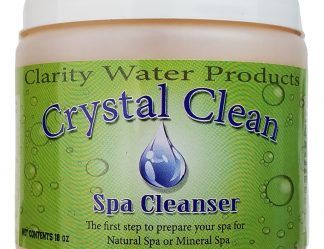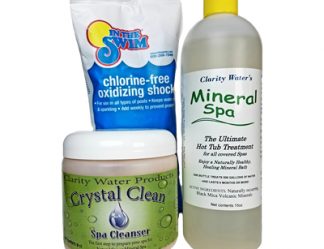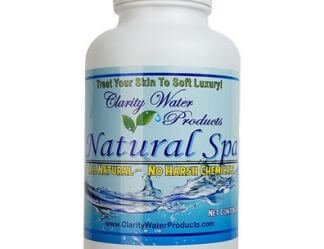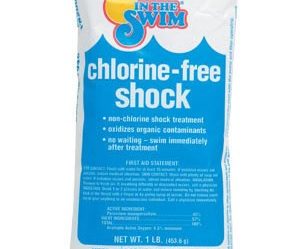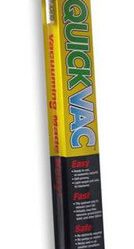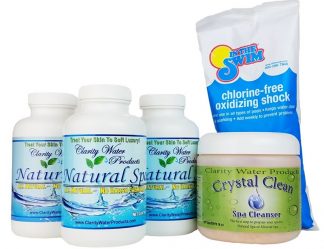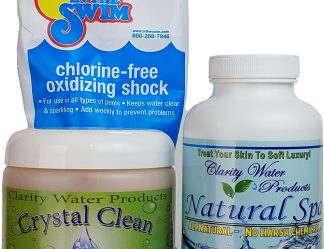YOUR HEALTH: HOW BROMINE TREATED SPA WATER AFFECTS YOU
Bromine; Properties. Bromine is a dark-red, dense liquid with a disagreeable odor. It irritates the eyes and mucous membranes and, in contact with the skin, produces lesions which heal with difficulty. Chemically less reactive than chlorine, it combines with both metals and nonmetals. It acts as a bleach and oxidizing agent.
Collier’s Encyclopedia
a
Bromine; n. Reddish-brown nonmetallic liquid element of the halogen group having a disagreeable odor and irritating fumes and causing chemical burns on contact. Symbol: Br [Greek bromos “stink” + -ine, so called because of its bad odor.]
Collier’s Dictionary
Bromine was introduced a few years ago as an alternative to Chlorine, but does not work any better, and is actually much worse. It’s in the same chemical family as Chlorine, a halogen, and is supposed to last longer in the hot water of a spa. But bromine is almost ineffective unless activated with Chlorine or some other oxidizer. The bromine tablets you use in a floater also contain Chlorine. When the Chlorine gets low you have to add more tablets. This causes the left over bromine to build up to dangerously toxic levels. The next thing you’ll notice is an eye burning vapor when you open the cover, dry, itchy skin, difficulty breathing while in the spa, and ultimately the ‘bromine rash’ on your thighs and midriff.
And bromine has proven to be much more destructive to metals in the spa, which is why most new spas have little or no metal at all in their design. Except, of course, for the heater element. (Say bye-bye to your heater!)
And while it is widely promoted that bromine doesn’t have the ‘unpleasant’ odor of chlorine, this is only true when all water conditions are ideal. Just leave the cover on for too long a time or let the water get out of balance and wham! You’ll discover just exactly why this chemical is called bromine, named after the Greek word bromos, meaning “stink”.
![Clarity for Spas: Natural Hot Tub Water Treatment | Chlorine Free [Official]](https://www.clarityforspas.com/wp-content/uploads/2016/06/cropped-logo-e1522429615167.png)
